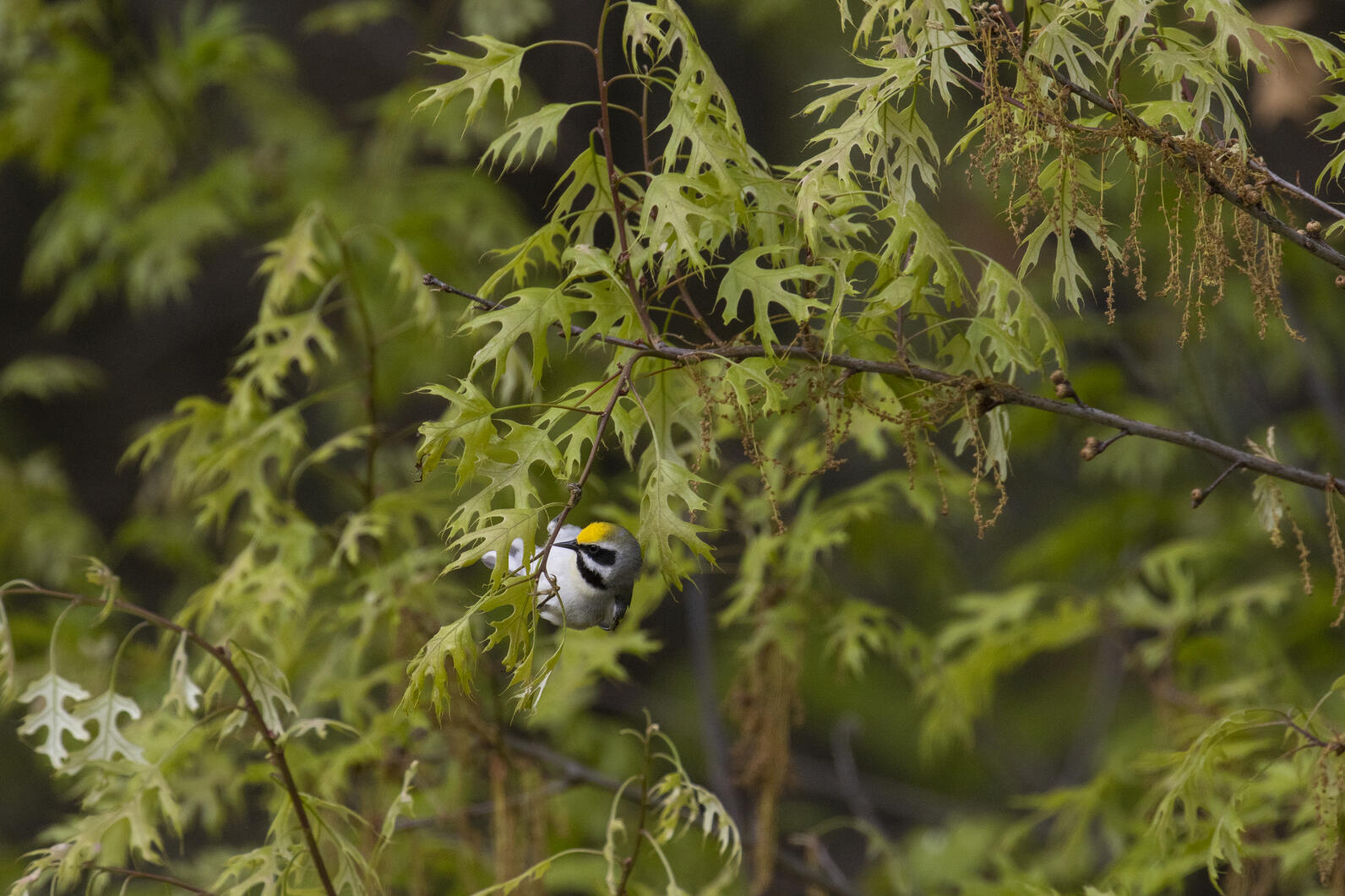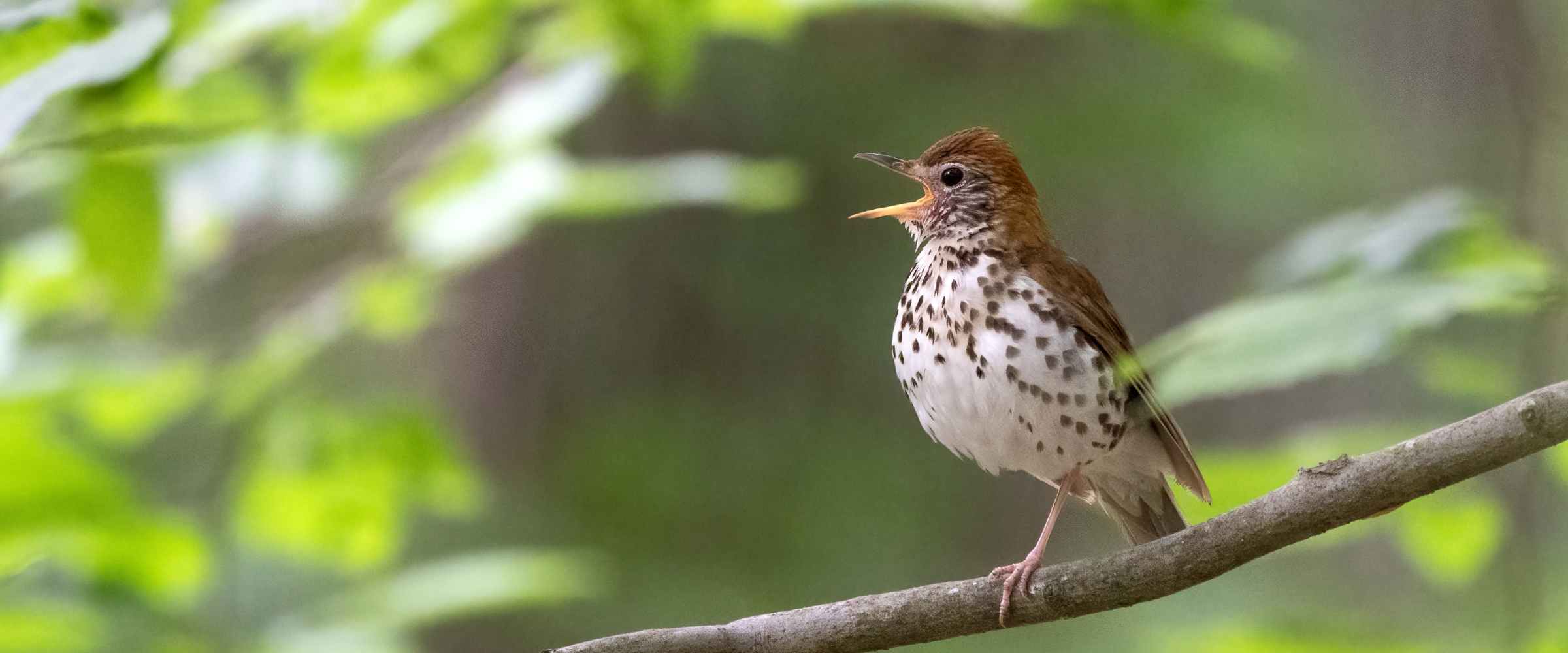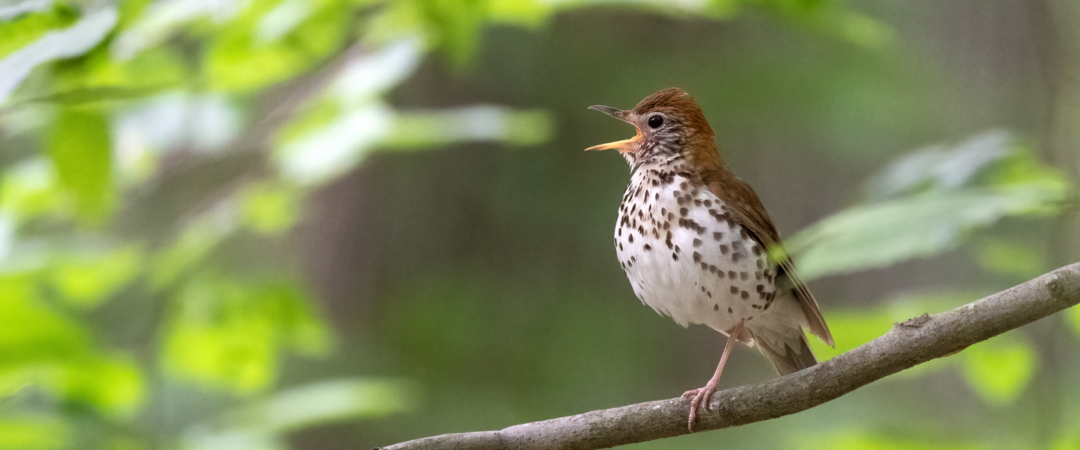We are thrilled to announce that Audubon is a recipient of a National Fish and Wildlife Service grant award, one of 45 awards totaling $17.3 million through the Delaware Watershed Conservation Fund.
Funding through the DWCF goes towards projects that protect, conserve, and restore essential habitat along the Delaware River’s watershed, which covers more than 13,000 square miles of land across the states of New York, Pennsylvania, and New Jersey.
The $274,300 in funding provided to Audubon New York and Audubon Mid-Atlantic will allow us to connect private landowners in the Delaware River watershed to endorsed foresters who can provide them with and implement bird-friendly forest management plans. Efforts like this have been part of Audubon New York’s work for years and have been successful in conserving and restoring habitat that many forest-dwelling and nesting species rely on.

The implementation of these management plans will create 800 acres of improved forest habitat for priority bird species such as Wood Thrush, Cerulean Warblers, and Golden-winged Warblers. All three species are in serious decline, with habitat loss and forest fragmentation to blame.
As part of this project, an additional 5,000 acres will have management plans in place and be ready for implementation.
This grant is funded by the U.S. Fish and Wildlife Service, with additional support this year from the USDA’s Natural Resources Conservation Service, AstraZeneca, and the William Penn Foundation.








